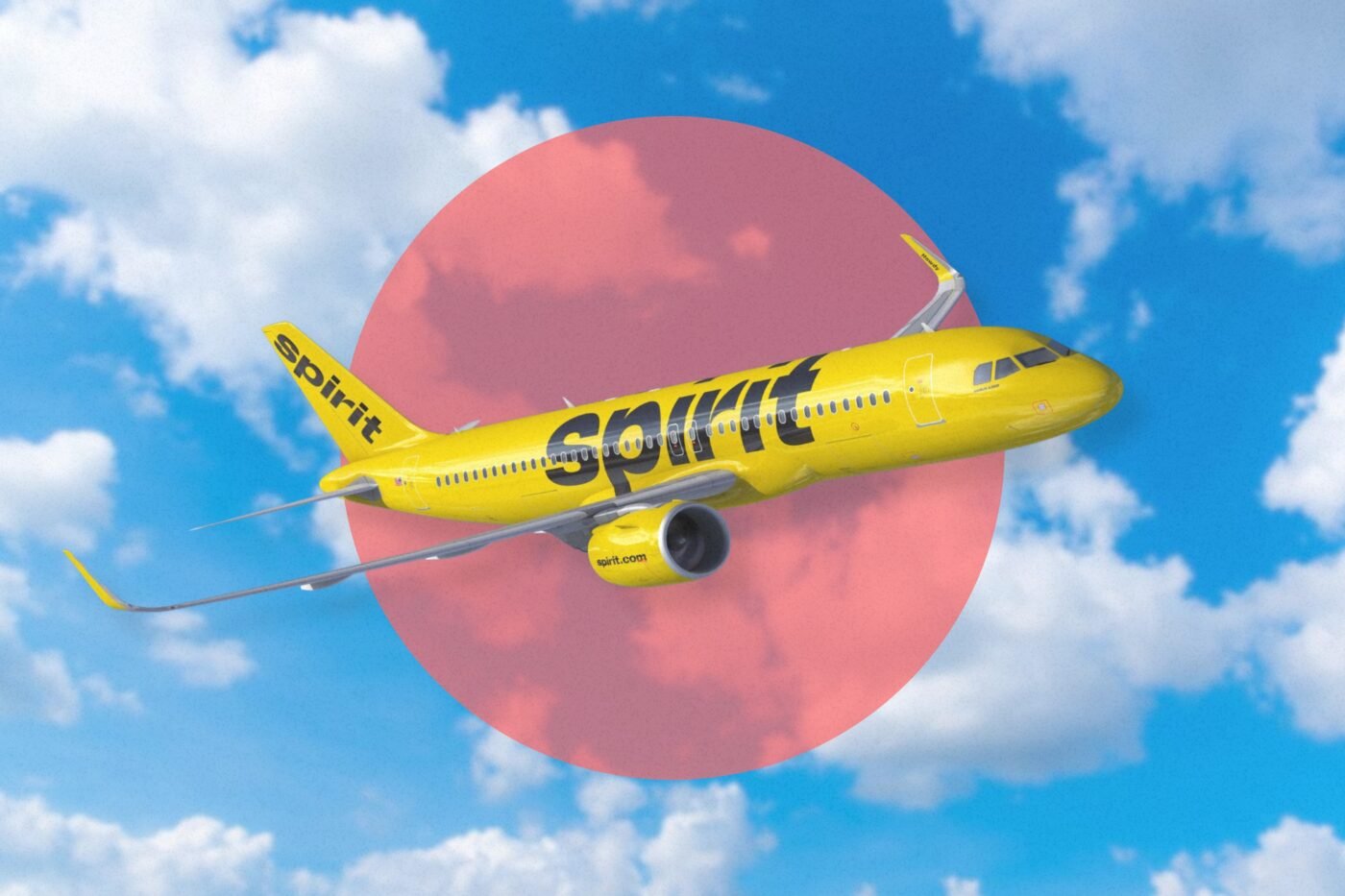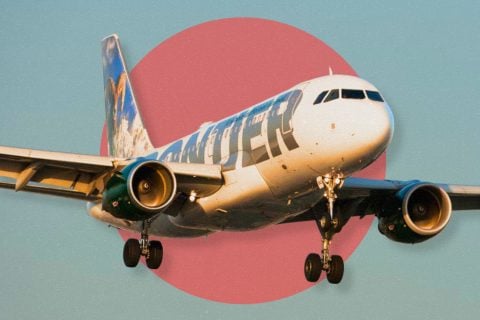- Spirit Airlines filed for bankruptcy on Monday 18th November 2024, due to internal issues and rising costs.
- The airline’s low-cost model led to customer dissatisfaction and delays.
- Travellers may face fewer budget options and higher prices as competitors step in.
Spirit Airlines, a pioneer of ultra-low-cost air travel in the USA, has filed for bankruptcy. Announced on Monday 18th November, the carrier known for its no-frills cabin product and customer experience trod a new path in the crowded landscape of US airlines, offering consumers very cheap fares but, as a trade-off, requiring them to pay for everything additional a la carte, in stark contrast to more upmarket carriers like United, Delta, and alike who include many of these luxuries — from carry-on bags to in-flight snacks — in their ticket cost.
However, the carrier has endured years of financial difficulty brought on by a raft of challenges both internal and external and now it seems the airline has reached its end. Below is a detailed dive into how Spirit’s collapse unfolded and what this ultimately means for travellers.
Internal Factors Leading to Spirit’s Bankruptcy
Spirit Airlines’ bankruptcy was in large part brought about by internal missteps regarding operational efficiency and management strategy, both of which proved to be inconsistent in recent years. While the carrier has always earned praise for pioneering the now commonplace ultra-low-cost model, it ultimately struggled to strike a balance between keeping ticket prices low and maintaining ongoing profitability.
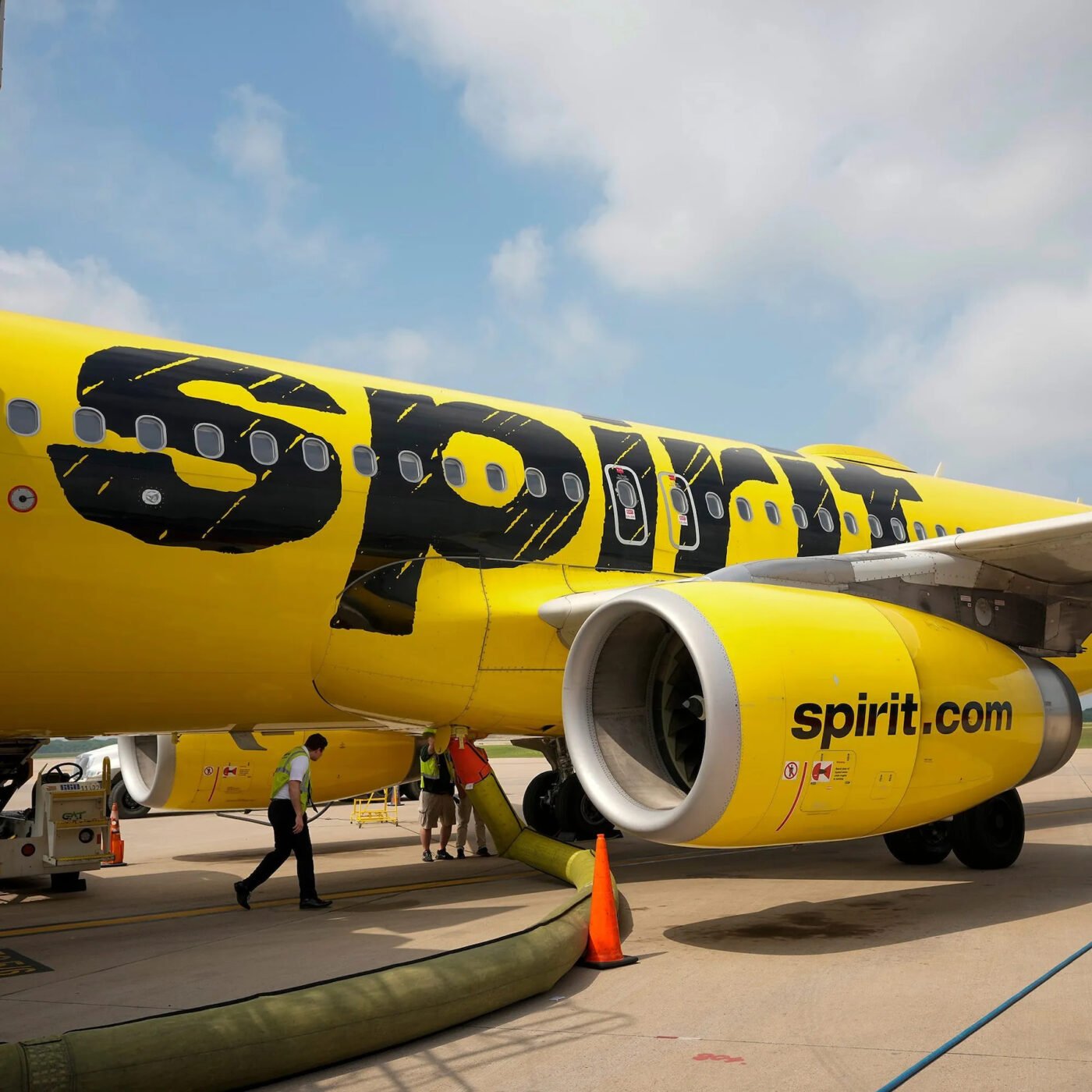
Spirit relied on aggressive cost-cutting protocols to stay competitive in an ever more expensive market but, as is so often the way, this eventually came at a significant cost to their bottom line. The same bare-bones approach that had once drawn customers in began to be criticised for taking its minimalistic approach too far. Hidden fees for basic amenities such as water, printed boarding passes, and seat selection began to disgruntled passengers. A recent study by J. D. Power bears this out, with Spirit continually ranking among the lowest US airlines in terms of customer service, and this led to once-loyal customers jumping ship to other carriers.
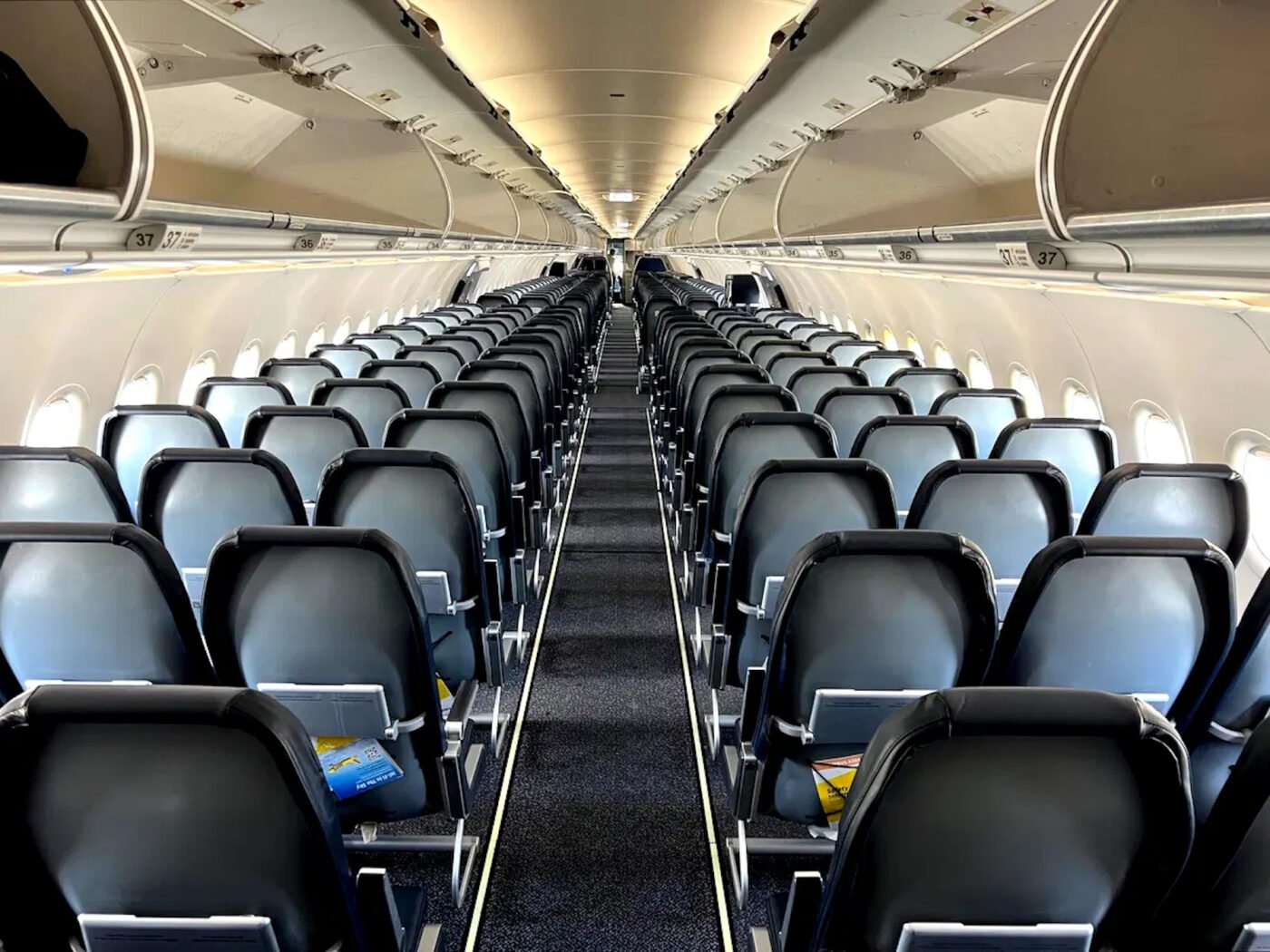
Operational issues only compounded these problems. The carrier’s fleet, comprised of aging Airbuses, required constant and expensive maintenance. Near-constant delays and cancellations led to a further erosion of customer confidence — they consistently rank in the bottom third of reliability in a list of American carriers — while a sluggish approach to the necessary investment to rectify these problems saw them drag on unabated.
External Pressures that Contributed to Spirit’s Collapse
Spirit also had to confront a number of intense external and industry-wide pressures that, evidently, it could not withstand. One of these was rapidly increasing fuel costs, which have been on the up quite relentlessly since the start of 2022, thanks in large part to the geopolitical tension in Eastern Europe. These supply chain disruptions and subsequent added costs threatened the razor-thin profit margins of the carrier, with its low-cost model far more susceptible to this kind of biting pressure compared to more expensive airlines that build a cushioning cost into their ticket prices.
Related Stories
Another pressure is one so obvious that it also doesn’t bear repeating at this point: the pandemic was a disaster for airlines around the world. While there was something of a ‘bounce back’ in 2023 as consumers went chasing the travel experiences they had been denied for so long with renewed vigour, this bumper year was not enough to offset the massive losses endured throughout 2020, 2021, and 2022. Consumers themselves were also hit hard by the pandemic, meaning that while some were able to indulge in a moderate amount of travel after pandemic restrictions eased, they did not have the necessary cash to keep up this momentum in the long term.
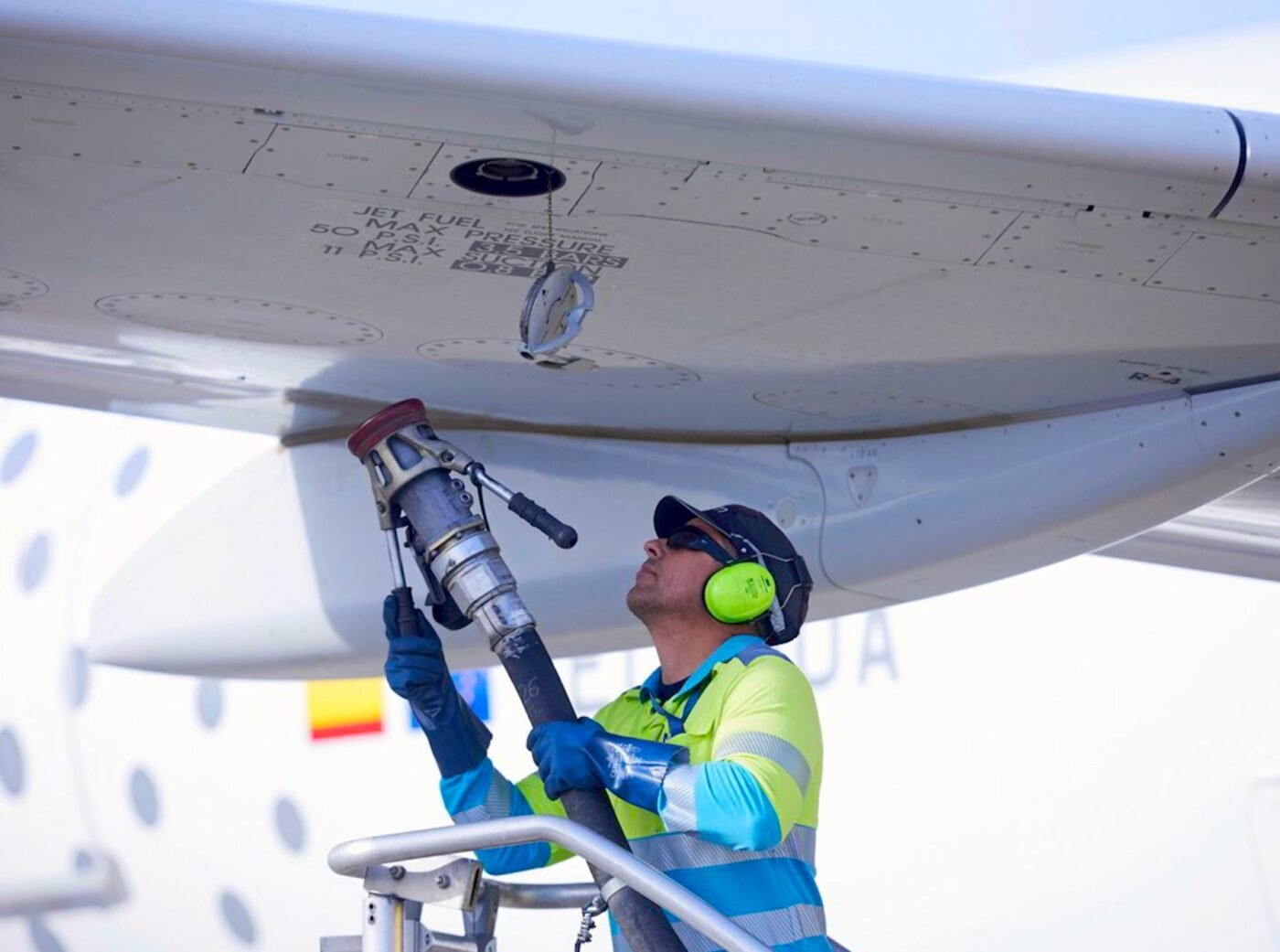
All of this, coupled with rising interest rates, made it harder and harder for Spirit to service its debts. Increasing competition in the sector from Southwest Airlines and JetBlue only made matters worse. So much so that Spirit even looked to emerge with arch-rival JetBlue earlier this year, but that ultimately collapsed after being blocked by the courts on grounds of a threat to fair competition.
What This Means for Travelers
Naturally, bankruptcy has immediate ramifications for travellers. While it does not appear that Spirit has plans to ground scheduled flights, its removal from the air travel market, whether rapidly to gradually executed, will inevitably leave a mark, especially in regions where Spirit holds a significant market share, such as Fort Lauderdale and Las Vegas. Competitors will inevitably step in but not without some level of disruption.
While only speculative at present, here are a few ways we predict Spirit’s collapse could impact directly on passengers:
- Fewer Ultra-Low-Cost Options: If and when Spirit withdraws from the market, the number of available ultra-low-cost carriers in market will have shrunk.
- Potential Price Increases: Fares on Spirit’s routes could see a minor increase as other airlines, such as Southwest or Frontier, capitalise on reduced competition.
- Rebooking Options: Should Spirit begin to cancel flights en masse, airlines like JetBlue and American Airlines may swoop in to offer rebooking options for Spirit passengers.
The End of an Era for Ultra-Low-Cost Travel
All of this marks something of an end of an era for ultra-low-cost travel in the U.S. While many budget travellers will likely be disheartened, a shake-up of the U.S.’s relatively stagnant air industry could be a good thing in the long term, but that will all depend on how competitors and regulators react. For now, the best advice for flyers is to stay alert, monitor the news, and plan ahead with caution as the market adjusts to the absence of a once-major player.
